Have you ever found yourself marveling at how your cat knows just when to leave you alone, while your dog seems to barge in no matter what? For centuries, cats have delighted, puzzled, and even inspired us with their mysterious ways. But there’s one trait that stands out to cat lovers everywhere: their uncanny respect for boundaries. Whether it’s physical space, personal moods, or quiet time, cats seem to have a sixth sense for when to stay back. If you’ve ever wondered why our feline friends are so in tune with our need for space—while dogs tend to cross lines with wild abandon—this article is about to reveal the surprising, sometimes hilarious, and always fascinating answers.
The Independent Nature of Cats

Cats are renowned for their independence. Unlike dogs, who have evolved to work closely with humans, cats are solitary hunters by nature. This independence isn’t just about hunting for food; it’s woven into every part of their behavior. Most cats are perfectly content to spend hours on their own, resting, exploring, or simply observing the world from afar. This self-sufficiency means they don’t constantly seek out human attention or approval. Instead, they approach people on their own terms, which often translates to a greater respect for personal boundaries. Cats are perfectly fine with waiting for you to come to them, making them feel less invasive than their canine counterparts.
Reading Human Cues

Cats are incredibly perceptive when it comes to human body language and emotional states. Unlike dogs, who might interpret every movement as an invitation for play, cats pick up on subtle signals. A furrowed brow, a sigh, or even the way you sit can tell a cat everything they need to know about your mood. If you’re upset or tired, your cat might simply curl up nearby or disappear to another room, giving you space. This sensitivity helps them avoid overstepping, which many people interpret as a sign of respect. They seem to know instinctively when you need companionship and when you need solitude.
Approaching on Their Terms
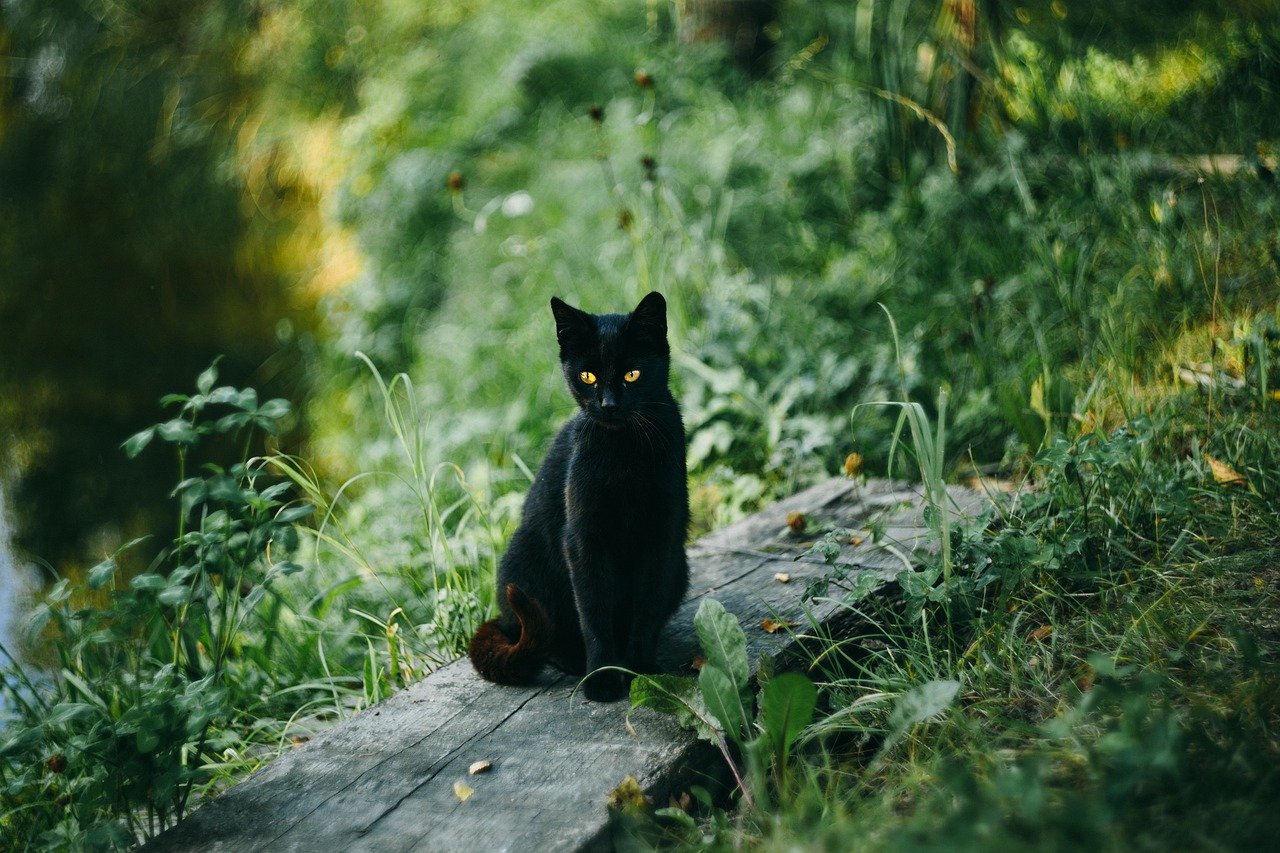
Anyone who’s lived with a cat knows the golden rule: you don’t pick up a cat unless it wants to be picked up! Cats are famous for dictating interactions. They might come over and nuzzle against you, but only if and when they choose. This selective approach means that cats rarely force themselves into your space. By making the first move, they ensure both parties are comfortable. Their boundaries are not just about respecting you—they expect the same in return. This mutual understanding creates a balanced relationship where both human and cat feel respected.
Respect for Personal Space

Cats are masters of personal space. They’ll often sit just out of arm’s reach, observing quietly until they’re invited closer. Unlike dogs, who might jump onto your lap uninvited or demand attention with enthusiastic tail wags, cats tend to wait for a clear sign that they’re welcome. Even when they do seek affection, it’s often brief and on their own terms. This natural inclination to give space makes living with cats feel less overwhelming, especially for people who value their quiet time.
Subtle Communication Styles

Cats communicate through a complex array of behaviors that are far more subtle than the boisterous signals given by dogs. A slow blink, a gentle head bump, or a soft purr can mean “I trust you” or “I’m happy to be near you.” These understated gestures allow cats to connect without overwhelming their human companions. Dogs, on the other hand, might bark, jump, or paw for attention. With cats, the lack of loud or intrusive signals means they are less likely to cross your boundaries unintentionally.
Natural Predators and Silent Observers

In the wild, cats are both predators and prey. This dual status means they’ve evolved to be cautious and observant. They tend to watch and wait before taking action, whether it’s stalking a toy mouse or approaching a new person. This cautiousness carries over into their relationships with humans. Cats prefer to assess situations before getting involved, which naturally leads them to respect the boundaries of those around them. Their quiet observation is a testament to their respect for space and signals a careful consideration that dogs often bypass in their exuberance.
Territorial Instincts

Cats are highly territorial creatures. Each cat claims its own space within the home—a favorite chair, a windowsill, or a cozy corner. They fiercely guard these spots, and in doing so, they also recognize the personal spaces of others. Cats are less likely to invade another’s chosen territory unless invited. This awareness of boundaries within their environment translates to their interactions with humans, making them less likely to intrude on your personal domain without clear permission.
Training and Socialization Differences
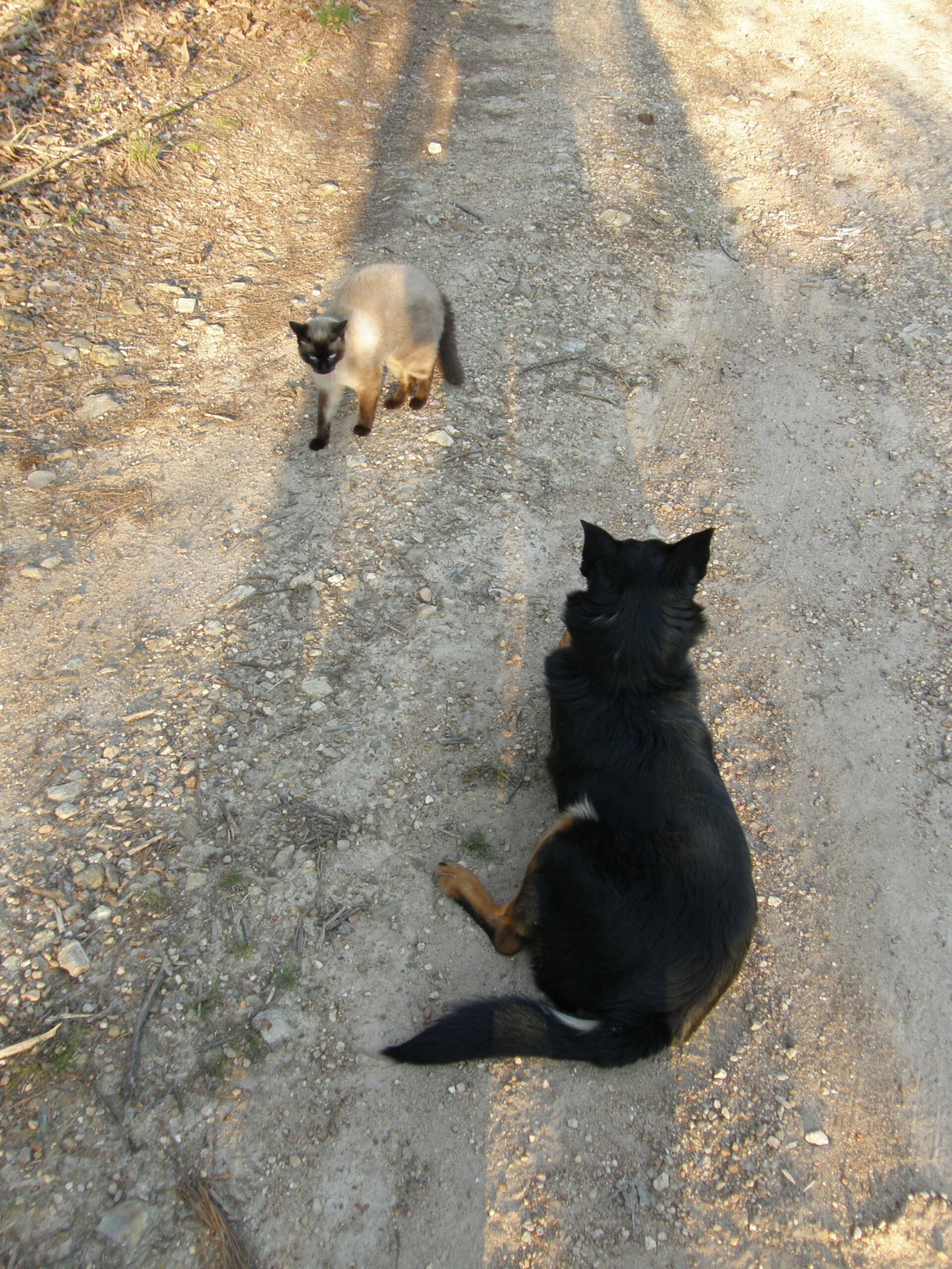
Dogs have been bred for millennia to follow commands, seek approval, and please their owners. Cats, however, have been only partially domesticated, retaining much of their wild independence. While dogs often need explicit training to learn not to jump, lick, or paw, cats rarely require such lessons. Their instinctive behavior already aligns with an understanding of personal boundaries. This difference in socialization and training history is a big reason why cats are naturally more respectful than dogs.
Non-Clingy Affection

Cats show affection in ways that don’t smother you. A cat might rub against your leg, sit quietly beside you, or purr softly, but they rarely demand constant attention. Dogs, by contrast, can be exuberant and sometimes overwhelming in their displays of love. For people who appreciate gentle companionship, the cat’s non-clingy approach feels much more respectful. Cats offer comfort without requiring you to reciprocate on their schedule, making every gesture of affection feel like a gift rather than an obligation.
Understanding Boundaries Through Play

Playtime with a cat is a lesson in boundaries. If you play too rough or move too suddenly, your cat will stop the game or walk away. They teach you, in real-time, about what they’re comfortable with. In contrast, dogs might get more excited or escalate the play, sometimes ignoring cues to slow down. Cats’ insistence on fair and gentle play reinforces the idea that they expect—and give—respect for boundaries. This makes playing with a cat a harmonious, low-pressure experience.
Respecting Sleep and Quiet Time

Cats are notorious for loving their naps. They choose their spots carefully and expect not to be disturbed. Similarly, when they see you resting or reading quietly, they often mirror your calm energy. Dogs, on the other hand, might not hesitate to wake you up for a walk or play, regardless of your mood. The cat’s respect for sleep and quiet demonstrates a shared understanding of the importance of rest and personal downtime.
Minimal Neediness

Most cats don’t require constant reassurance. Their self-confidence means they can entertain themselves for hours without feeling abandoned. This low-maintenance attitude means they won’t pester you for attention when you’re busy or overwhelmed. Dogs, with their pack mentality, may struggle with separation and need frequent engagement. The independence of cats is a clear sign of their respect for your boundaries and your schedule.
Respect for Human Routines

Cats are creatures of habit and quickly adapt to your routines. They learn when you wake up, when you work, and when you relax. Over time, they adjust their own behaviors to fit your daily schedule, rarely interrupting important moments. Dogs, in their enthusiasm, might not recognize these patterns and can interrupt at inconvenient times. The ability of cats to respect your rhythms is another way they demonstrate boundary awareness.
Low-Impact Socialization
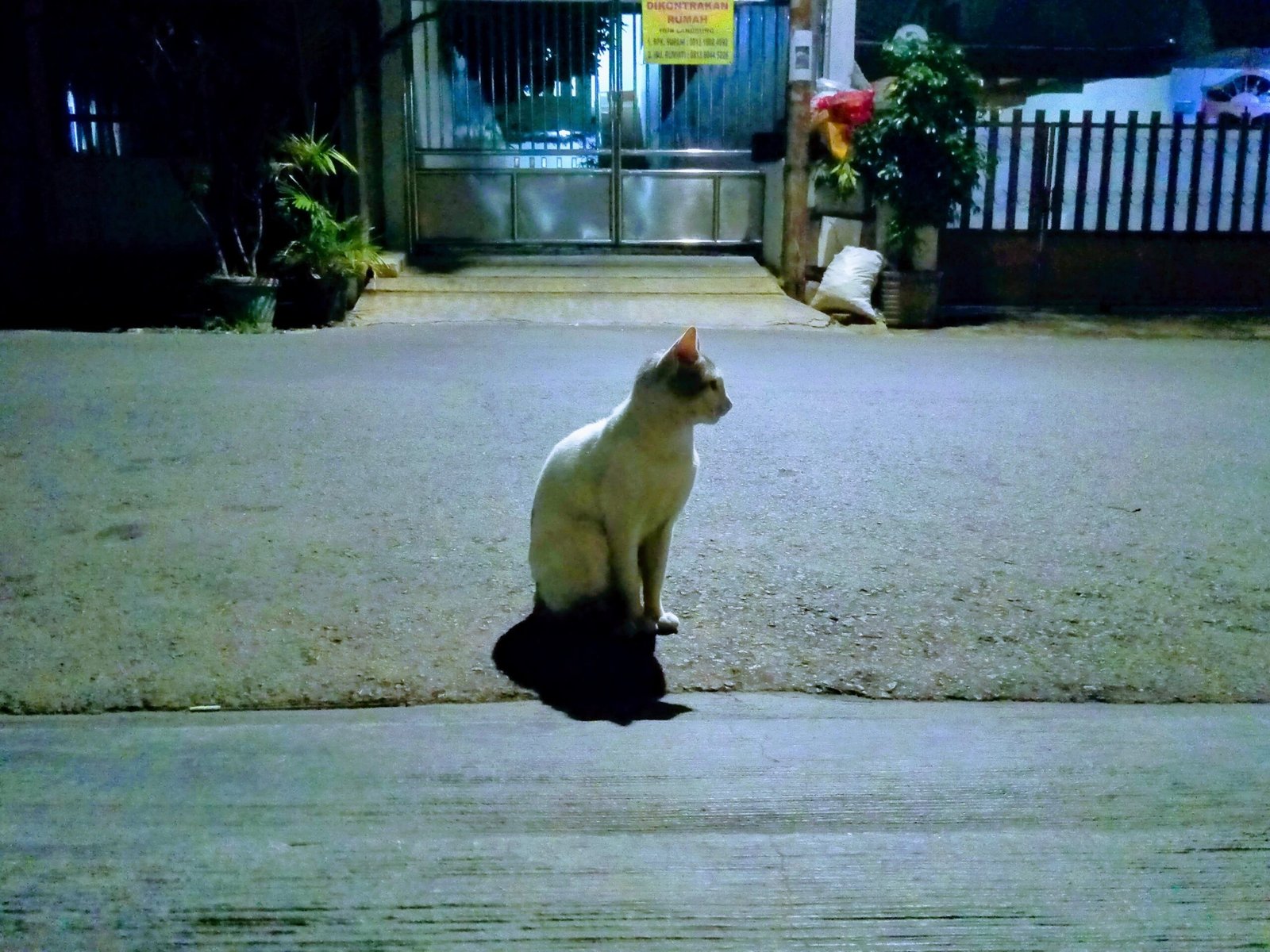
When guests come over, cats often make themselves scarce or observe from a distance. They don’t force their presence on new people, which makes them less likely to overwhelm visitors. Dogs, eager to make friends, might jump up or bark, unintentionally crossing boundaries. Cats’ reserved approach allows everyone to acclimate at their own pace, creating a more comfortable environment for all.
Sensitivity to Stress and Emotions

Cats are highly attuned to stress and emotional changes in their environment. If you’re anxious or upset, a cat may keep its distance or offer quiet comfort without demanding attention. This sensitivity helps prevent additional stress and demonstrates a deep respect for emotional boundaries. Dogs, while empathetic, often respond with energy that can sometimes feel overwhelming during tense times. Cats’ gentle approach is like a soothing balm, providing support without pressure.
Personal Grooming and Cleanliness

Cats are fastidious groomers, often spending hours each day cleaning themselves. This self-care extends to how they interact with humans—they rarely jump onto laps with muddy paws or drool all over your clothes. Their attention to cleanliness means they respect not only their own boundaries but yours as well. Dogs, while lovable, are often less concerned with keeping clean and can inadvertently bring chaos into your personal space.
Predictable Patterns of Behavior

Cats are creatures of habit, and their predictable routines make it easy to anticipate their actions. This consistency helps you set boundaries and know what to expect. Dogs, with their boundless energy and curiosity, can be more unpredictable and may need more guidance to learn personal limits. The cat’s reliable patterns build trust and mutual understanding, reinforcing the idea of respectful coexistence.
Selective Socialization

Not every cat is a social butterfly, and that’s okay. Cats are selective about who they interact with, often choosing one or two favorite people. This selectivity means they won’t force themselves on everyone, respecting each individual’s comfort level. Dogs, by contrast, might try to be everyone’s best friend, sometimes disregarding personal space in their excitement. The cat’s discretion in socialization is another mark of their boundary-respecting behavior.
Gentle Warnings and Feedback
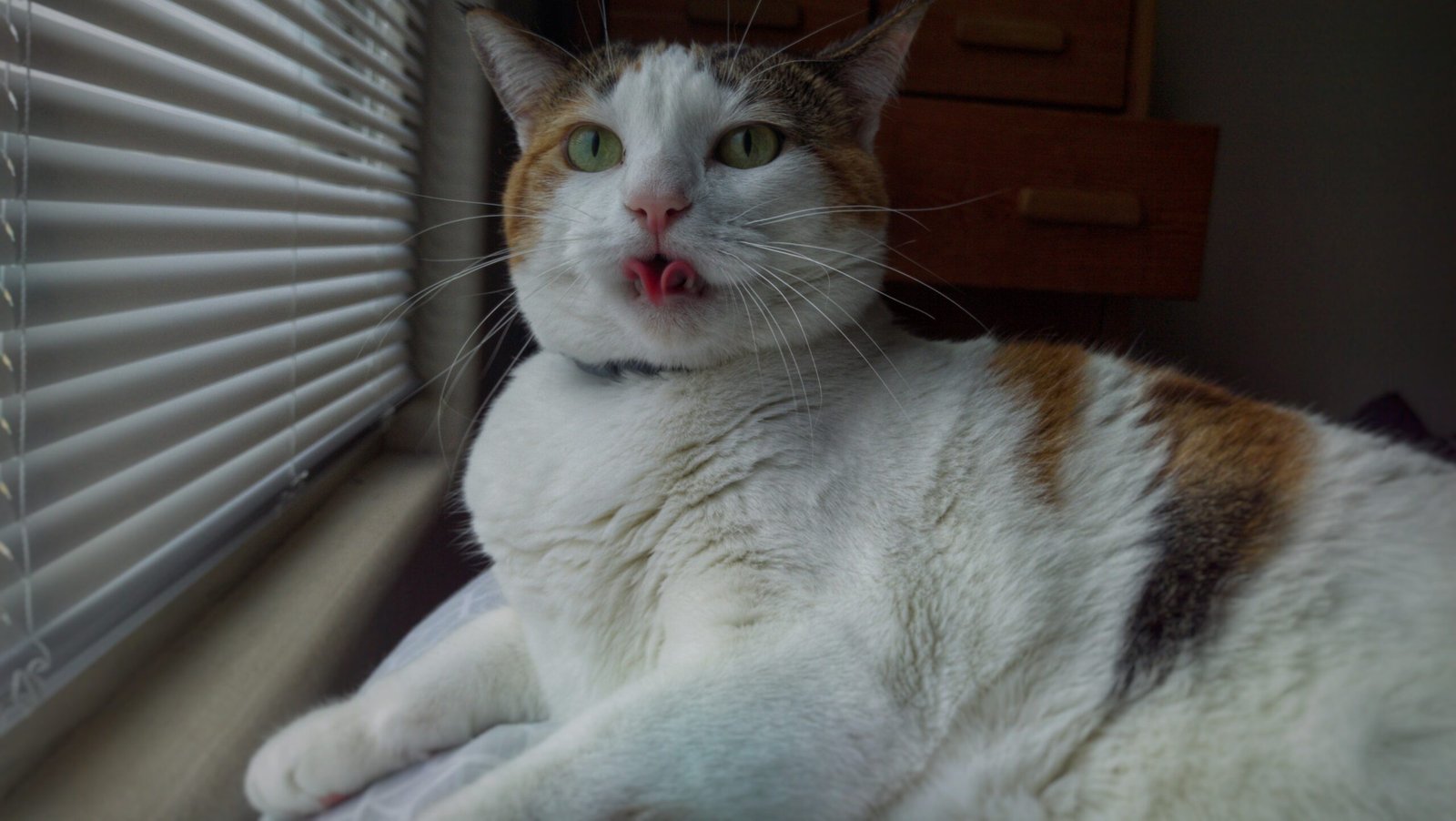
When a cat feels its boundaries are being crossed, it gives clear but gentle warnings. A flicking tail, flattened ears, or a soft hiss lets you know it’s time to back off. These cues are designed to prevent escalation and maintain peace. Dogs might bark, jump, or even nip if they feel uncomfortable, which can sometimes be startling. Cats’ nuanced feedback helps maintain respectful interactions for everyone involved.
Adapting to Household Dynamics
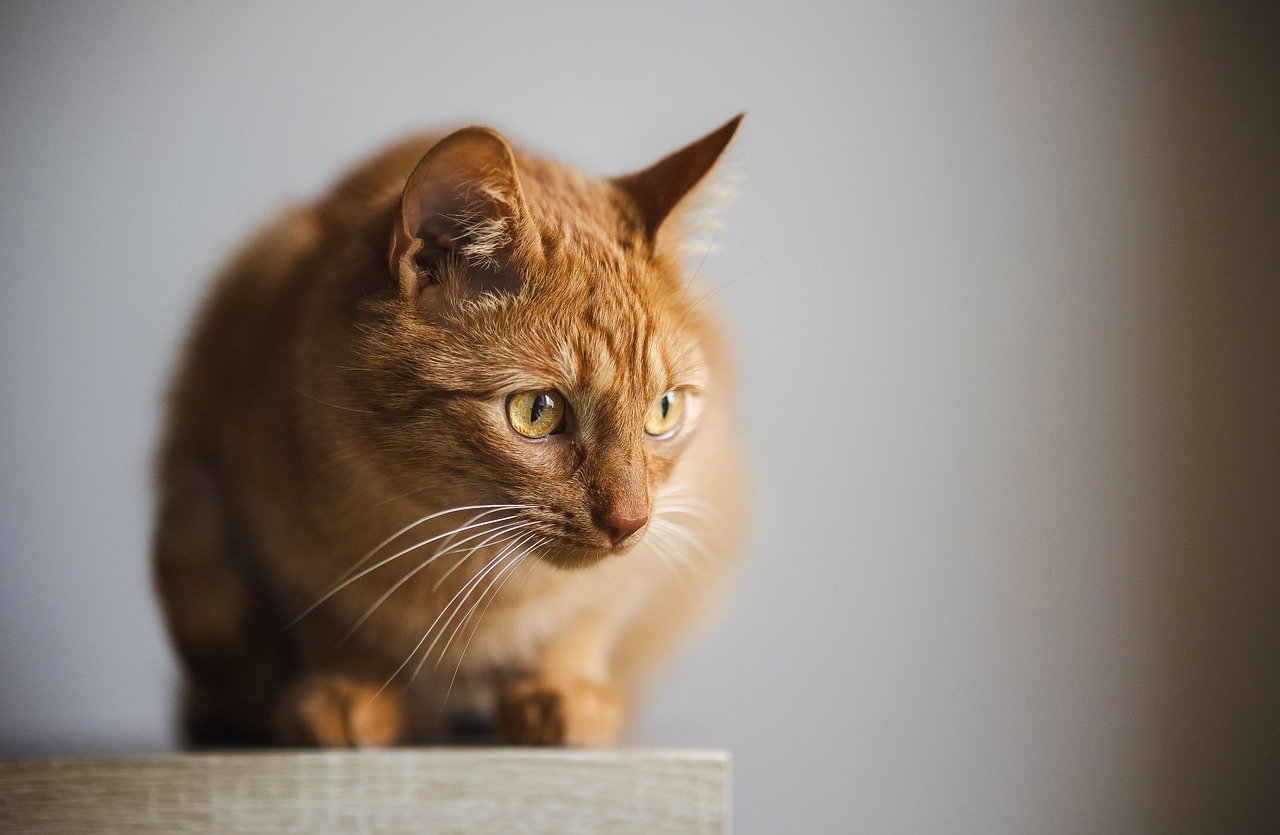
Cats are observant and quick to adapt to changes in their environment. Whether it’s a new baby, a houseguest, or a change in your work schedule, cats adjust their behavior to fit the new dynamic. They’ll often withdraw or change their routines rather than cause disruption. Dogs, on the other hand, might struggle with changes and seek reassurance through increased attention. The cat’s adaptability shows a remarkable respect for the evolving boundaries of a shared home.
Quiet Companionship

One of the most cherished aspects of living with a cat is their quiet companionship. They offer presence without intrusion, sitting beside you during a movie, curling up at your feet while you work, or simply sharing the same room without demanding attention. This gentle company is a testament to their respect for your boundaries and your need for peace. Instead of overwhelming affection, cats give steady, calming support, making every moment together feel just right.
Hi, I’m Bola, a passionate writer and creative strategist with a knack for crafting compelling content that educates, inspires, and connects. Over the years, I’ve honed my skills across various writing fields, including content creation, copywriting, online course development, and video scriptwriting.
When I’m not at my desk, you’ll find me exploring new ideas, reading books, or brainstorming creative ways to solve challenges. I believe that words have the power to transform, and I’m here to help you leverage that power for success.
Thanks for stopping by, Keep coming to this website to checkout new articles form me. You’d always love it!






